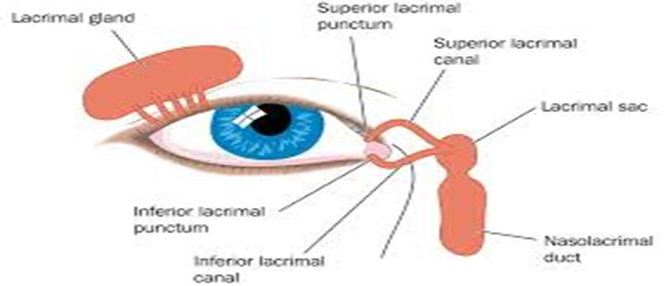The student nurse is reviewing different types of health history. Which client situation would require an Emergency health history?
A client who has recently been diagnosed with a chronic illness.
A client with hypotension, tachycardia, SpO2 85%, and a recent gunshot wound.
A client who just confirmed she is pregnant.
A client who makes frequent hospital visits reporting the same symptom.
The Correct Answer is B
Choice a reason:
A client recently diagnosed with a chronic illness would require a comprehensive health history that includes past medical history, medications, and lifestyle factors. While important, it is not typically categorized as an emergency health history unless the chronic condition has acutely worsened.
Choice b reason:
A client presenting with hypotension (low blood pressure), tachycardia (rapid heart rate), an oxygen saturation of 85% (indicating potential hypoxemia), and a recent gunshot wound is experiencing a life-threatening situation that requires immediate medical attention. An Emergency health history is crucial in this scenario to quickly gather information that will guide urgent treatment decisions.
Choice c reason:
A client who has just confirmed pregnancy would need a detailed health history, including obstetric and gynecological history, but this is not considered an emergency unless there are complications or concerns that require immediate attention.
Choice d reason:
A client who frequently visits the hospital reporting the same symptom may indicate a chronic issue that needs ongoing management rather than an emergency. However, if the symptom suggests an acute exacerbation or a new, serious condition, it could escalate to an emergency.
Nursing Test Bank
Naxlex Comprehensive Predictor Exams
Related Questions
Correct Answer is ["A","B","C","D"]
Explanation
Choice a reason:
Wearing nonslip shoes in the house is a preventive measure against falls, which are a leading cause of traumatic brain injuries (TBIs) in adolescents. Nonslip shoes provide better grip and stability, especially on potentially slippery surfaces like tiles or polished wood, reducing the risk of slips and falls that can lead to head injuries.
Choice b reason:
The supervised use of guns by an adult is critical in preventing accidental shootings, which can result in TBIs. Adolescents may lack the maturity and experience to handle firearms safely, and adult supervision ensures that proper safety protocols are followed, reducing the risk of accidental discharge and potential injury.
Choice c reason:
The use of seat belts is one of the most effective ways to prevent TBIs in the event of a vehicle accident. Seat belts restrain the body and prevent individuals from being thrown around inside or ejected from the vehicle, significantly reducing the likelihood of head trauma.
Choice d reason:
Avoiding risky activities such as snowboarding without proper safety equipment is essential in preventing sports-related TBIs. Snowboarding, like other high-speed sports, carries a risk of falls and collisions, which can cause head injuries. Wearing helmets and other protective gear, and engaging in these activities with caution, can mitigate this risk.
Correct Answer is A
Explanation
Choice A Reason:
The nasolacrimal sac is part of the tear drainage system. When a patient presents with excessive tearing, known as epiphora, it is important to assess for any obstruction in the lacrimal apparatus. The nasolacrimal sac can become blocked due to various reasons such as infection, inflammation, or structural abnormalities. Assessing this area can help determine if there is a blockage causing the tears to accumulate and overflow.
Choice B Reason:
Inspecting the palpebral conjunctiva is typically done if there is a complaint of eye pain or a sensation of a foreign body in the eye. While it is part of a comprehensive eye examination, it is not the first assessment to be performed for excessive tearing unless there are additional symptoms that suggest a problem with the conjunctiva.
Choice C Reason:
Testing the pupillary reaction to light is an assessment of the pupillary response and the function of the oculomotor nerve. This test is crucial when neurological issues are suspected or if there is a change in vision. However, it is not the primary assessment for excessive tearing without other associated symptoms.
Choice D Reason:
The eye positions test, which assesses eye muscle strength and cranial nerve function, is not necessary unless there are signs of problems with muscle strength, such as drooping. This test would not typically be the next step in assessing a patient with excessive tearing unless there are other indications of muscle or nerve impairment.

Whether you are a student looking to ace your exams or a practicing nurse seeking to enhance your expertise , our nursing education contents will empower you with the confidence and competence to make a difference in the lives of patients and become a respected leader in the healthcare field.
Visit Naxlex, invest in your future and unlock endless possibilities with our unparalleled nursing education contents today
Report Wrong Answer on the Current Question
Do you disagree with the answer? If yes, what is your expected answer? Explain.
Kindly be descriptive with the issue you are facing.
